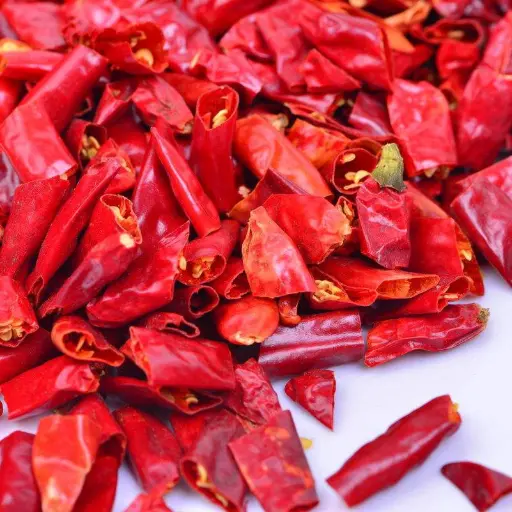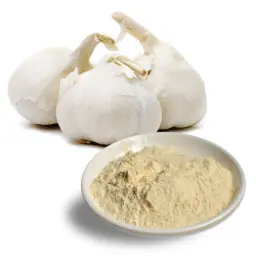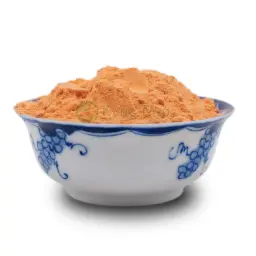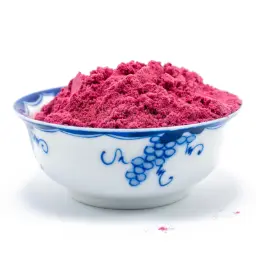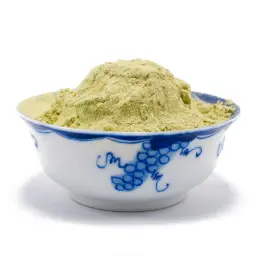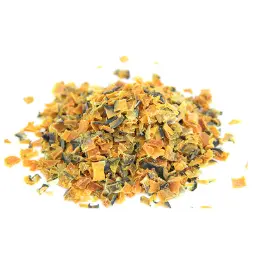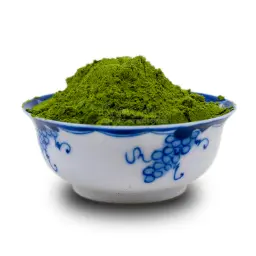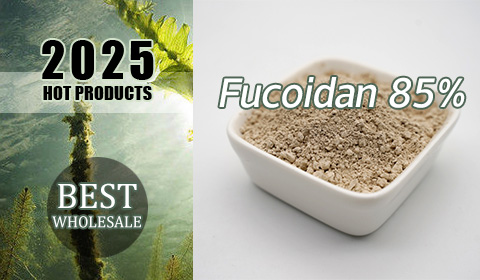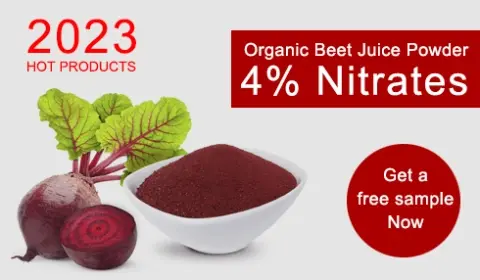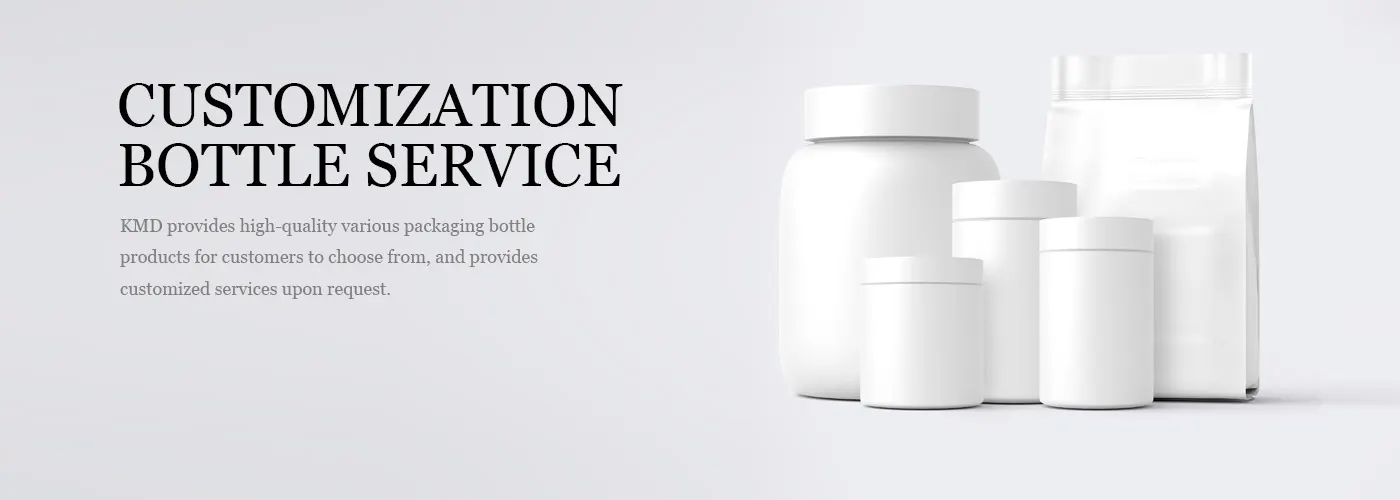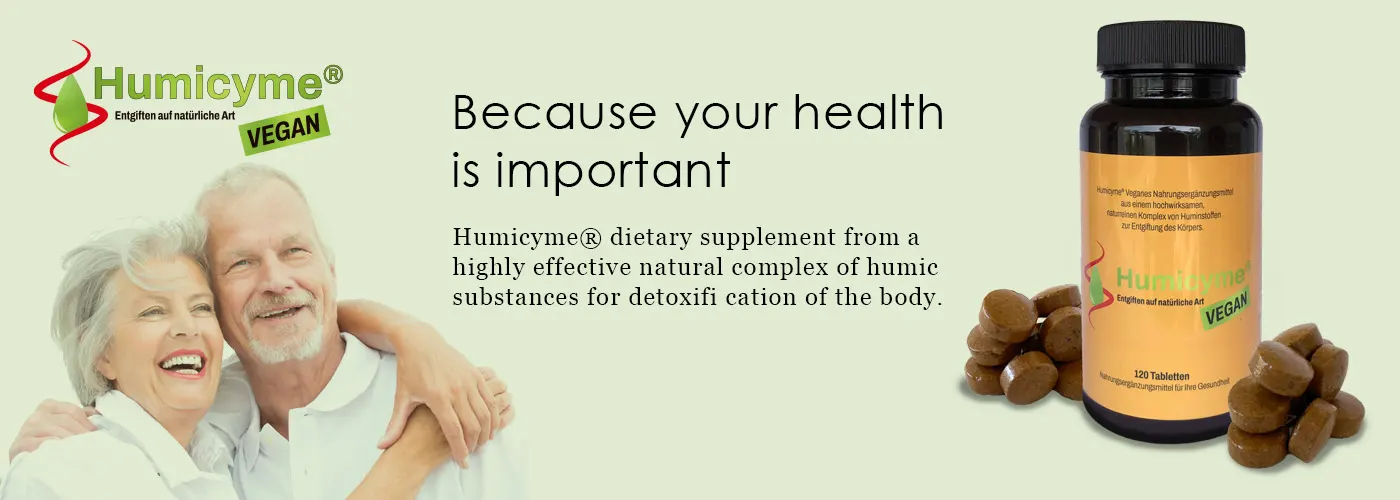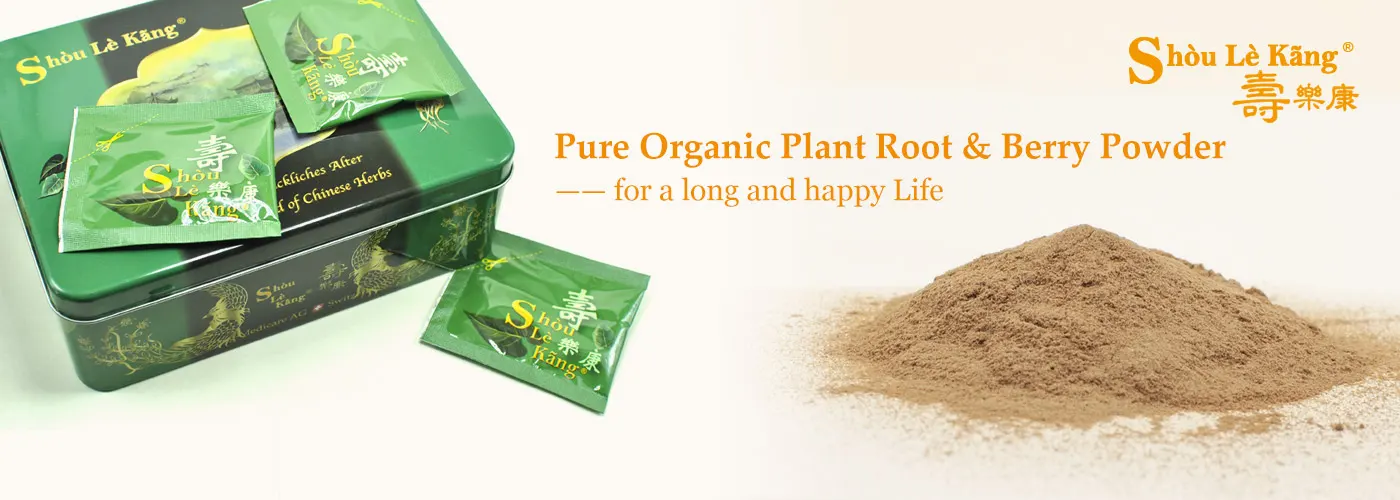Best Dehydrated Red Chilli Wholesale
KangMed's dehydrated red chilli is processed using advanced technology, and the raw materials are 100% natural, without chemical flavors, pigments and other additives. KangMed's facility is certified organic, kosher and halal. Free samples are available, factory prices are wholesale. We can customize dehydrated red chilli packaging and fruit and vegetable powder mixing service according to customer requirements.
- Ingredient: paprika
- Available In:Bulk
- Package Type: 25.00Kg
- MOQ: 50.00Kg
- Product Type: Raw Material/Extract
- Product Specification:crush, flake, powder
- Product Category: granule slice
- Processing Method: Dried/Dehydrated
- Country of Origin:China
- End Use:Healthy food ingredients, Pet Food Ingredients
- Ships To:Worldwide
- Looking For: Distributor
- Product Inventory: InStock
- Shelf Life:3 years
- Storage:Store in dry place
- Customization:OEM/ODM
- Transport Package:PE Bags and Outside Carton
- Sample Price:0 USD (Free Sample 50g)
- Review Count: 2289
- Aggregate Rating: 4.7
-
Review Rating:
Paprika (US English more commonly /pəˈpriːkə/ (About this soundlisten), British English more commonly /ˈpæprɪkə/ (Audio file "British pronunciation of "paprika".ogg" not found)) is a ground spice made from dried red fruits of the larger and sweeter varieties of the plant Capsicum annuum, called bell pepper or sweet pepper. The most common variety used for making paprika is tomato pepper, sometimes with the addition of more pungent varieties, called chili peppers, and cayenne pepper. In many languages, but not English, the word paprika also refers to the plant and the fruit from which the spice is made. Paprika originates from Central America, in particular Central Mexico, where it has been cultivated for centuries. The peppers were subsequently introduced to the Old World, when paprika was later brought to Spain in the 16th century. The seasoning is also used to add color to many types of dishes, and is nowadays associated with cuisines as diverse as those of Argentinian, Spanish, Moroccan and Hungarian cuisine. The trade in paprika expanded from the Iberian Peninsula to Africa and Asia, and ultimately reached Central Europe through the Balkans, then under Ottoman rule, which explains the Hungarian origin of the English term. In Spanish, paprika has been known as pimentón since the 16th century, when it became a typical ingredient in the cuisine of western Extremadura. Despite its presence in Central Europe since the beginning of Ottoman conquests, it did not become popular in Hungary until the late 19th century. Paprika can range from mild to hot – the flavor also varies from country to country – but almost all plants grown produce the sweet variety. Sweet paprika is mostly composed of the pericarp, with more than half of the seeds removed, whereas hot paprika contains some seeds, stalks, placentas, and calyces. The red, orange or yellow color of paprika is due to its content of carotenoids.
Specification
| # | Item | Value |
|---|---|---|
| 1 | Particle Size: | 80 mesh |
| 2 | Appearance: | fine powder |
| 3 | Country of origin: | China |
| 4 | Others: | Non-GMO; Non-Irridiation; Gluten free; |
Heavy metal
| # | Item | Value |
|---|---|---|
| 1 | Total heavy metal: | ≤ 10 ppm |
| 2 | Pb: | ≤ 1.0 ppm |
| 3 | Hg: | ≤ 0.01 ppm |
| 4 | As: | ≤ 1.0 ppm |
| 5 | Cd: | ≤ 0.5 ppm |
Microbiology index
| # | Item | Value |
|---|---|---|
| 1 | Total bacterial: | ≤ 10000 cfu/g |
| 2 | Yeast & Mold: | ≤ 1000 cfu/g |
| 3 | E. Coli: | Negative |
| 4 | Salmonella: | Negative |
